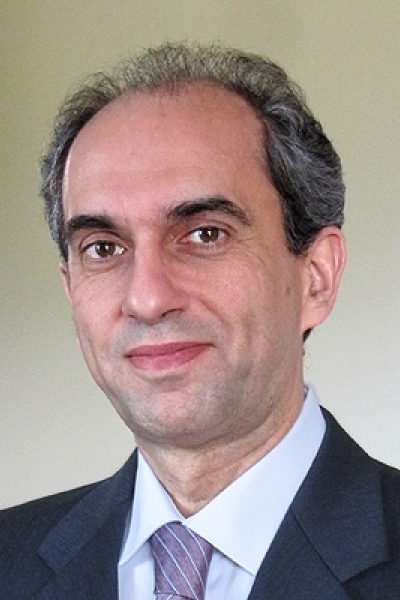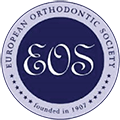
Demetrios J Halazonetis, Greece
Curriculum vitae
Professor Halazonetis is Professor and Chair at the Department of Orthodontics, School of Dentistry, National and Kapodistrian University of Athens.
He received his dental education at the National and Kapodistrian University of Athens (1979-1984) and his orthodontic training at the Orthodontic Department of Tufts University, Boston, USA, where he also completed a Master of Science programme. He completed a doctoral thesis at the University of Athens in 1994. He has been in private orthodontic practice in Athens, Greece, since 1987.
Professor Halazonetis has published more than 50 scientific research papers in peer-reviewed journals. He is the author of the Viewbox cephalometric software and Associate Editor of the American Journal of Orthodontics and Dentofacial Orthopedics. His research interests and areas of expertise include cephalometrics, imaging, computed tomography, facial aesthetics and application of geometric morphometric methods for analysis of craniofacial shape.
Lecture
The diagnostic efficacy of cone beam computed tomography in delimiting the alveolar envelope
Cone beam computed tomography (CBCT) overcomes many of the limitations of conventional radiography and provides three-dimensional information not otherwise obtainable. The latest CBCT machines and protocols are capable of imparting a dose lower than that of a panoramic image, thus potentially replacing the routine diagnostic radiographic modalities in orthodontics. One of the promoted advantages is the capability of evaluating the limits of the alveolar envelope on the lingual and buccal aspects of all teeth, and of identifying fenestration and dehiscence, either at the start of treatment or during the course of it. In this regard, the diagnostic efficacy of CBCT imaging depends heavily on numerous interrelated factors, including the milliampere setting, the voxel size, the angle of rotation and number of acquired images, and the field of view. Such factors determine the effective spatial resolution, i.e. the ability to discern fine structures and details, e.g. thin alveolar bone covering the roots of teeth.
This presentation will discuss the capabilities and limitations of CBCT imaging with particular emphasis on evaluation of tooth position within the alveolar bone, and bone covering of the root, especially in critical areas, such as the lower incisors. Focus will be placed on the low dose protocols. The presented information aims to assist the clinical orthodontist in evaluating the specific need for CBCT imaging based on the extent and quality of information that can be obtained.



